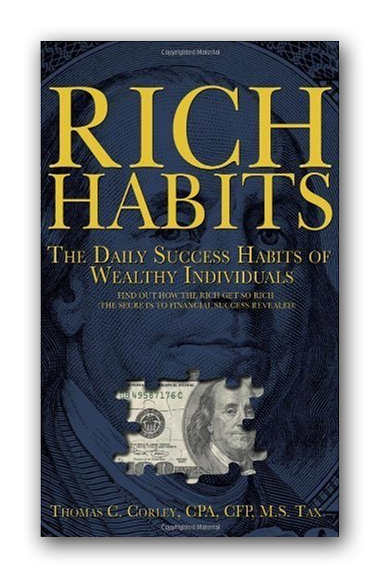
We all have those nagging to-do’s that we know we should be dealing with. But not all to-do’s are created equal. When one or more of those to-do’s are confrontational to-do’s, meaning they can only be resolved by confronting someone, they drag you down into negativity and create unhappiness. That negativity and unhappiness will persist until you deal with the confrontational to-do’s. The amazing thing about confrontational to-do’s is that, as soon as you deal with them and get them off your list, your mindset immediately shifts from negative to positive and you feel happy.
The fact is, you may not even be aware that there is a confrontational to-do out there that is dragging you down into the abyss of negativity. So, awareness is the first step. Take a good, hard look at all of the to-do’s you’ve been procrastinating on. Chances are one or more will be confrontational to-do’s. Those are the first ones you need to deal with. When you do, you will feel as if a weight has been lifted off your shoulders. You will also feel motivated to tackle the rest of those non-confrontational to-do’s you’ve been putting off .
Procrastinating on the confrontational to-do’s creates a psychological bottleneck that holds you back from tackling other to-do’s. It creates a negative mindset that stops you in your tracks. Tackling your confrontational to-do’s shifts you into a positive mindset and makes you feel as if you can tackle all of your other to-do’s. Oftentimes, you are just one to-do away from optimism and happiness.







